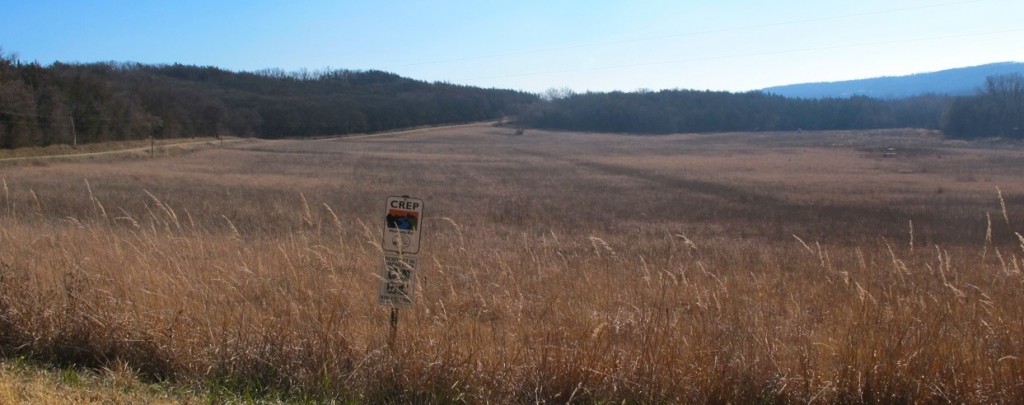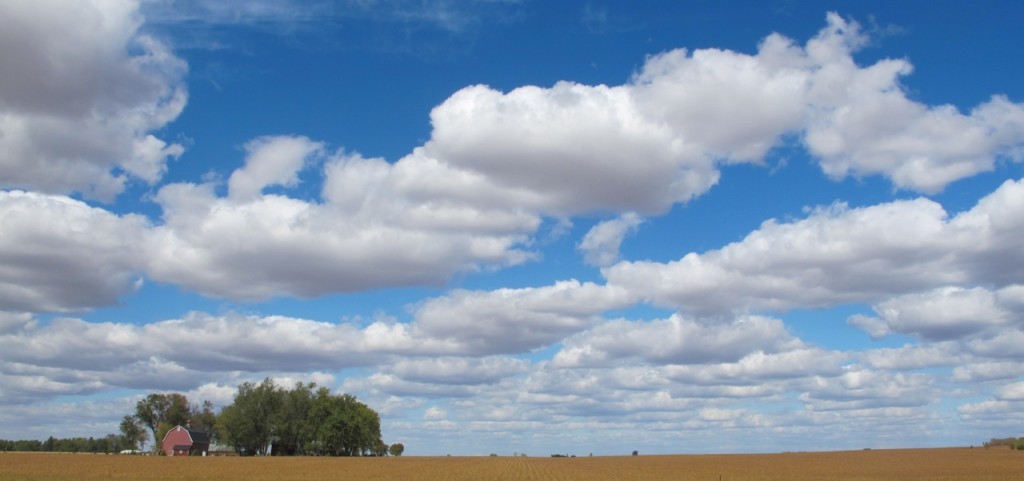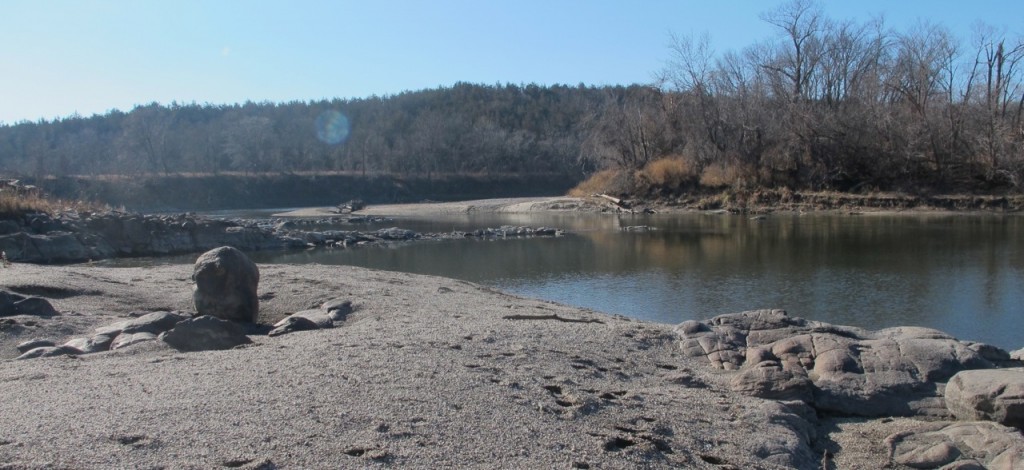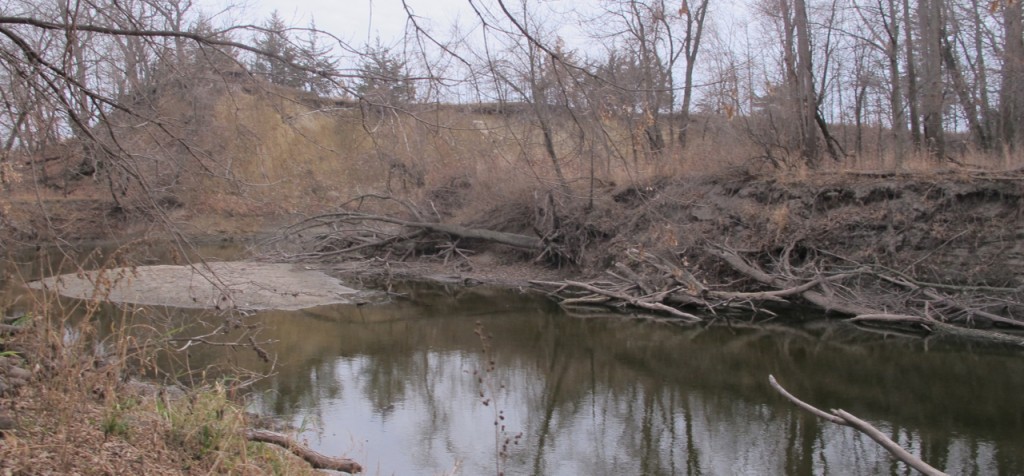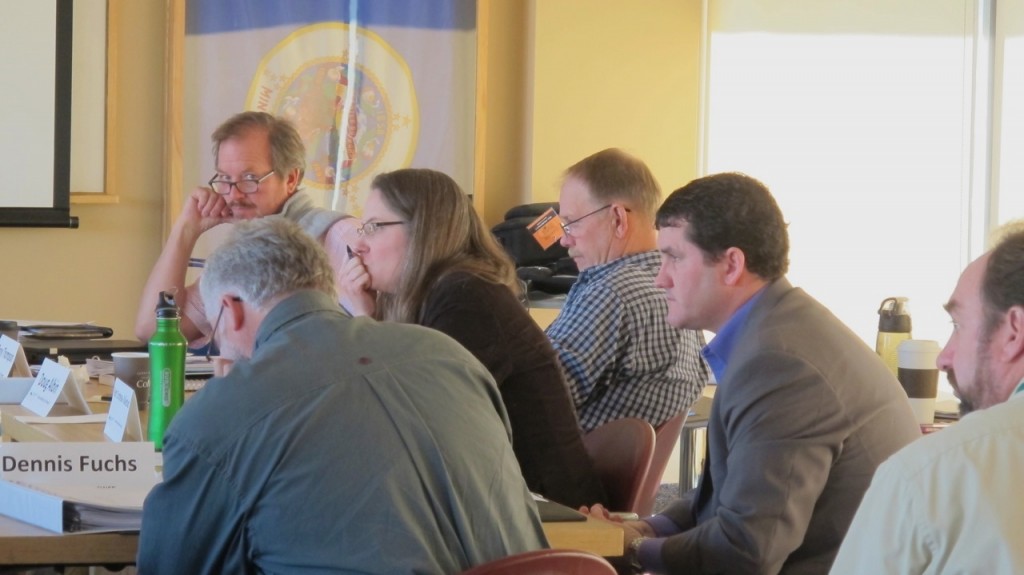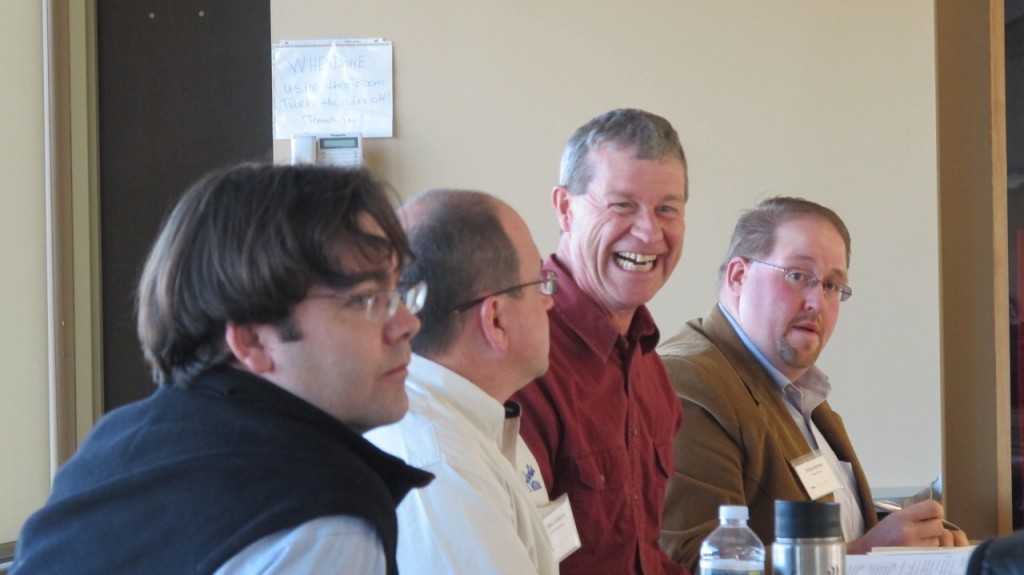David Minge
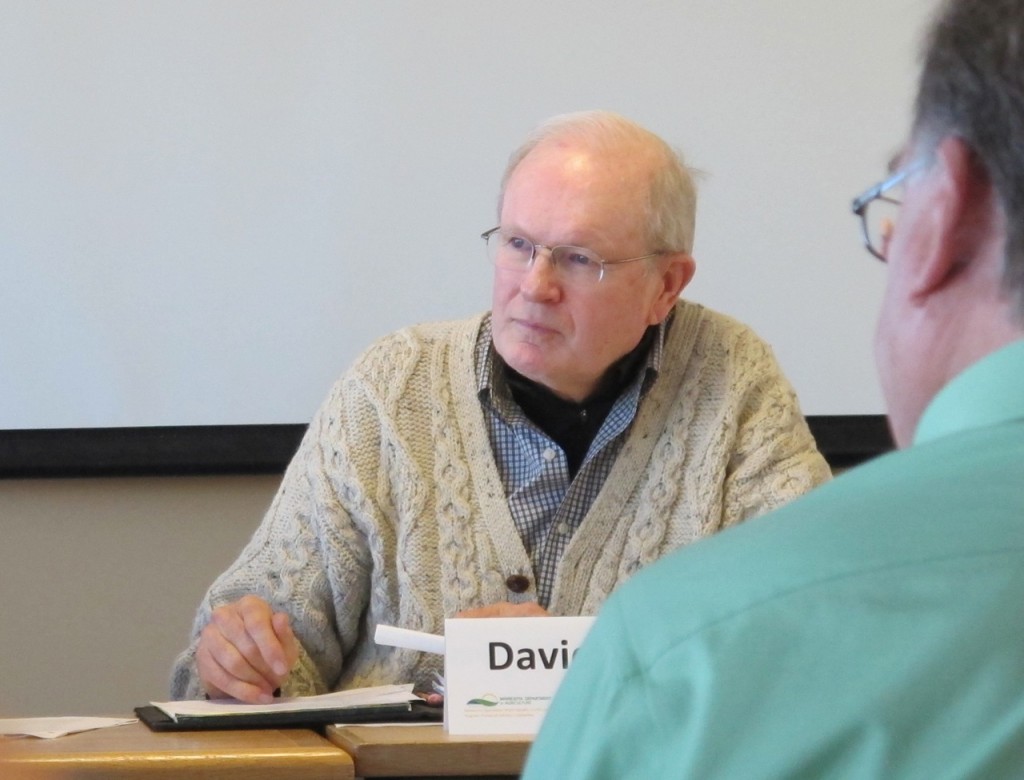
David Minge is one of many folks who have worked on connecting a bicycle path along the Minnesota River which includes the one in his neighborhood near the Fort Snelling Visitor Center. He biked along that path to meet up for an interview where he kindly volunteered his time to talk about the history of the Minnesota River.
Volunteer efforts dovetail with Minge’s involvement in the movement to restore the Minnesota River. As a lawyer from Montevideo, he offered pro bono services in 1992 to incorporate the non-profit citizen-led organization in the Upper Minnesota River Valley, Clean Up the River Environment (CURE). Its work helps keep the focus on the Minnesota River Watershed and restore and protect its water quality, biological integrity and natural beauty.
Six years later, as a Congressman for Minnesota’s 2nd District in the U.S. House of Representatives, he advocated for what has been described as one of the most effective measures to date for the well-being of the Minnesota River, the Conservation Reserve Enhancement Program (CREP). It too is made up of voluntary landowner participation on marginal cropland.
The CREP Program, consists of permanent conservation easements along 100,000 acres of the floodplains of the river with targeted cropland in each watershed across 37 counties of the basin. Both federal and state dollars help support it.
The first Conservation Reserve Enhancement Program in the country was in the Chesapeake Bay followed by the Minnesota River. According to the Minnesota River Basin Data Center, it helped farmers with an economically competitive option for removing land from production and voluntarily enrolling it into a conservation easement. Farmers received 15 years of guaranteed annual payments from the federal CREP program, plus additional payments from Reinvest in Minnesota, the state program, for keeping the land permanently in conservation.
“We got in on the ground floor and that was important because I think that the US Department of Agriculture wanted to see the program a success and they devoted a great deal of energy in their offices to promoting the program and working with farmers and others,” said Minge.
I asked Minge what it took on his end to get this established. Amongst the collaboration of many, he stressed the importance of having the support from Governor Arne Carlson.
This program continued until 2002, two years after Minge’s tenure in Congress ended. Part of why people liked it, he said, was that it avoided the controversy and expense that come along with mandates. The alternative?
Fast forward to 2013.
The intersection of the agricultural sector and the health of the waters in Minnesota continue to receive a great deal of attention in the state, and by David Minge, particularly on the Minnesota River. Both are strong assets that continue to evolve and change in order to co-exist and thrive together.
There are several reasons for this focus, two of which are the current flooding and stream bank erosion.
Minge recently facilitated an Advisory Committee for a brand new pilot program that will be tested in four areas of the state that also has the support of Governor Mark Dayton and the Obama administration known as the Minnesota Agricultural Water Quality Certification Program.
This 3-year pilot program invites and provides incentives for voluntary participation of farmers to participate in identified standards of conservation practices in order to promote high water quality in our watersheds. Measures will include reducing chemicals and fertilizer and trying to address problems of loss of topsoil into the waters of the state. The idea is for a landowner to be certified – receiving a gold standard, if you will, from the state of Minnesota – for implementation of conservation practices on his or her land.
“That program is just getting off the ground; it’s being run by the Minnesota Department of Agriculture and the Commissioner of Agriculture has established a 15-person advisory committee to give recommendations as to the design of the program. I’ve been working with the committee as a facilitator to bring people together. I’ve had meetings so that we have farmers, environmentalists, people from agri-businesses, people from farm organizations, all at the table together to discuss what is the most effective design that we can have to make this type of a program a success. If we have good participation from the farm community, we think that this would enhance the sensitivities of farmers who are interested generally in doing their very best in being good environmentalists, that it would give them some of the technical assistance and things that they need to act on those good intentions,” Minge said.
Good intentions for a healthy Minnesota River come from all walks of life in the citizens and elected officials of Minnesota, says Minge.
Minge’s efforts remind us all that this namesake river and moving body of water is a portal to a place of reverence and pride within us and among us, today and for future generations to come.
For more background on David Minge’s contributions and insights, past and present, for the movement to clean up the Minnesota River, go here.
The transcript includes:
- his work for the use of conservation dollars at the federal level to promote clean water goals, including the Conservation Reserve Enhancement Program (CREP)
- his story of how the movement and Clean Up the River Environment began
- the development of a Joint Powers Board in Minnesota’s 37 counties
- his hometown’s use of Highway dollars in Montevideo to build a bike path parallel to the Chippewa River
- collaborative efforts to connect and build bike trails along the Minnesota River
- Labor Day bike trips along the Minnesota River Valley
- success observed with wastewater treatments in municipalities
- success with point-source regulation of livestock agriculture
- TMDLs and water quality standards and practices
- Participation on the boards with Friends of the Minnesota Valley, CURE, the Parks and Trails Council, and much more.
Thank you for your service to the Minnesota River, David Minge, and for taking the time to inspire more of us to work for its improvement and to celebrate our successes on the river.
 Follow
Follow
